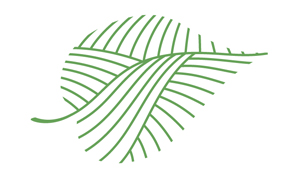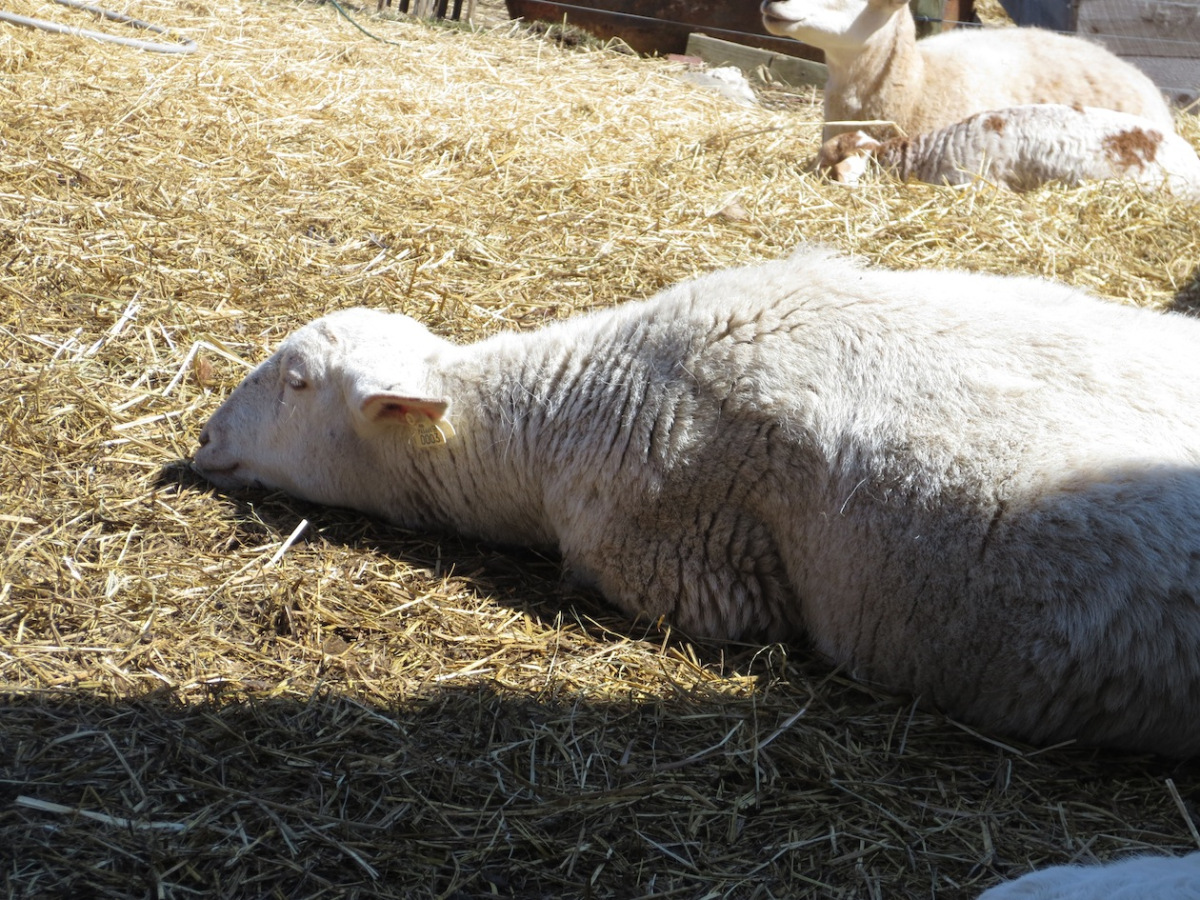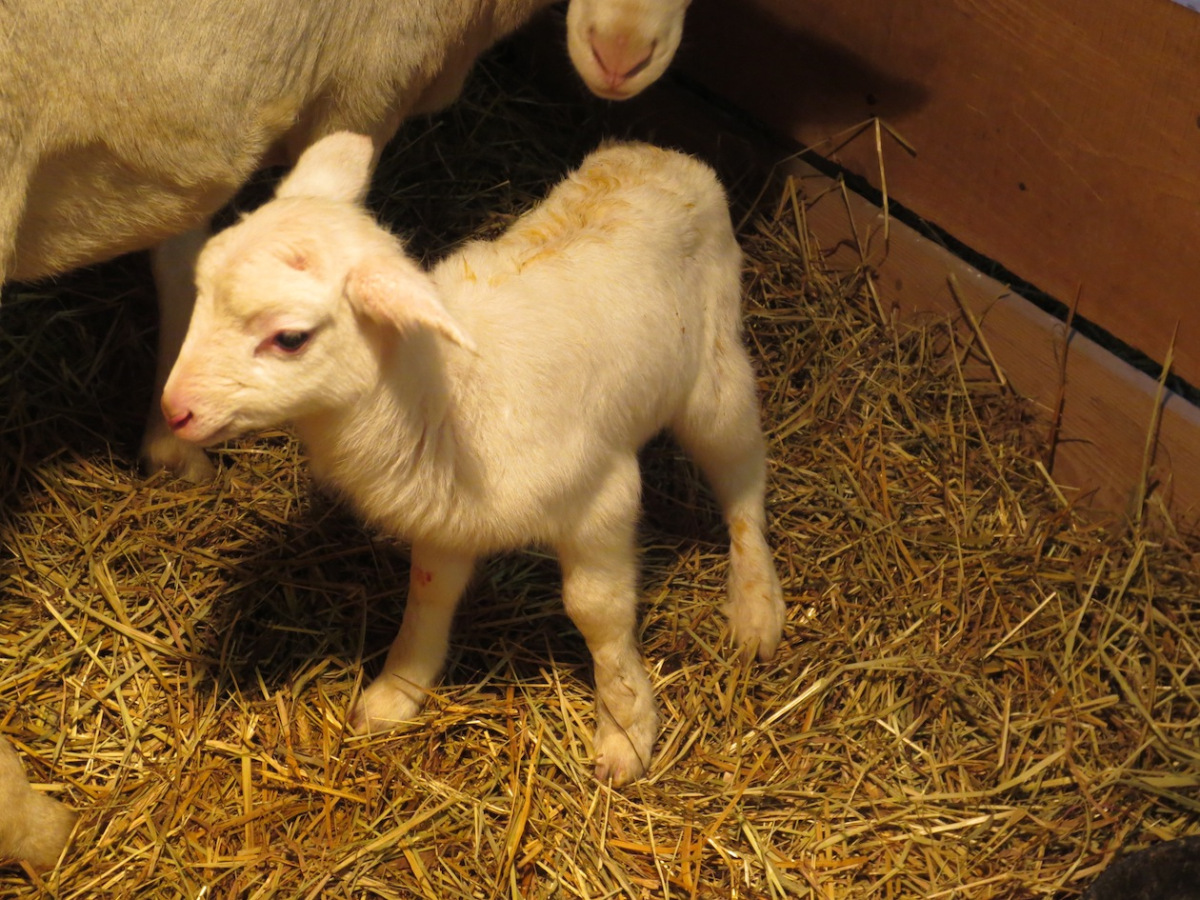With a family event on the farm at the end of May, spring clean up is well underway. Our usual pattern of starting a farm-improving project (translation=tearing up some part of the yard or farmyard) has been checked as we prepare for guests.With the flowerbeds edged and mulched,the chickens are back in the portable coops. This triangle coop needed the rotted end and door repaired before the January chicks took up residence.We finally fashioned wheelbarrow handles so it is easy to move across the lawn.
I had expected that the chickens ,ducks and geese would eat all of the corn purchased from the neighbor last fall. They did not so we disassembled the makeshift corn crib ,bought an antique Black Hawk corn sheller (thank you Craigslist) and shelled and bagged the remaining ears.What an ingenious tool:shells the corn and spits out the cob. We attached it to the side of the skidsteer bucket so we could adjust the hieght of our work space.
In addition to the spiffing up I am gradually transitioning the ruminants to pasture. The veterans in the flock know that the sound of temporary fence post pounding means good grazing; the lambs need to learn to stay with the flock inside the electric twine. Because some of our pastures will be hosting non-boot wearing guests, the cows will not graze those areas so the sheep have the Orchard and North pastures to manage.
































